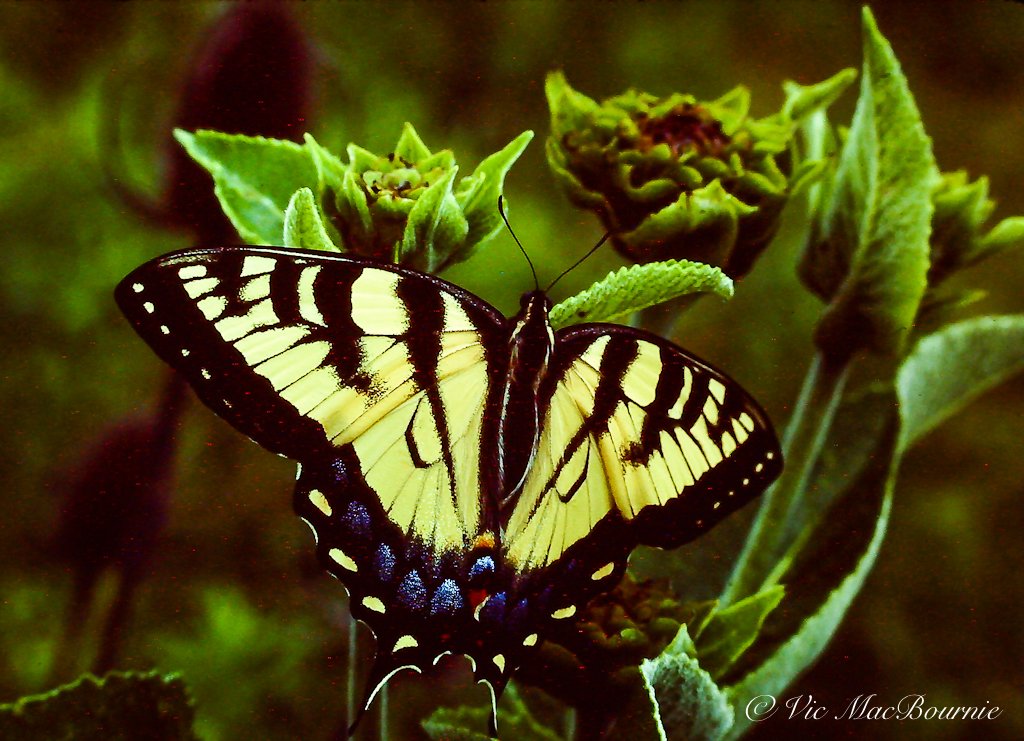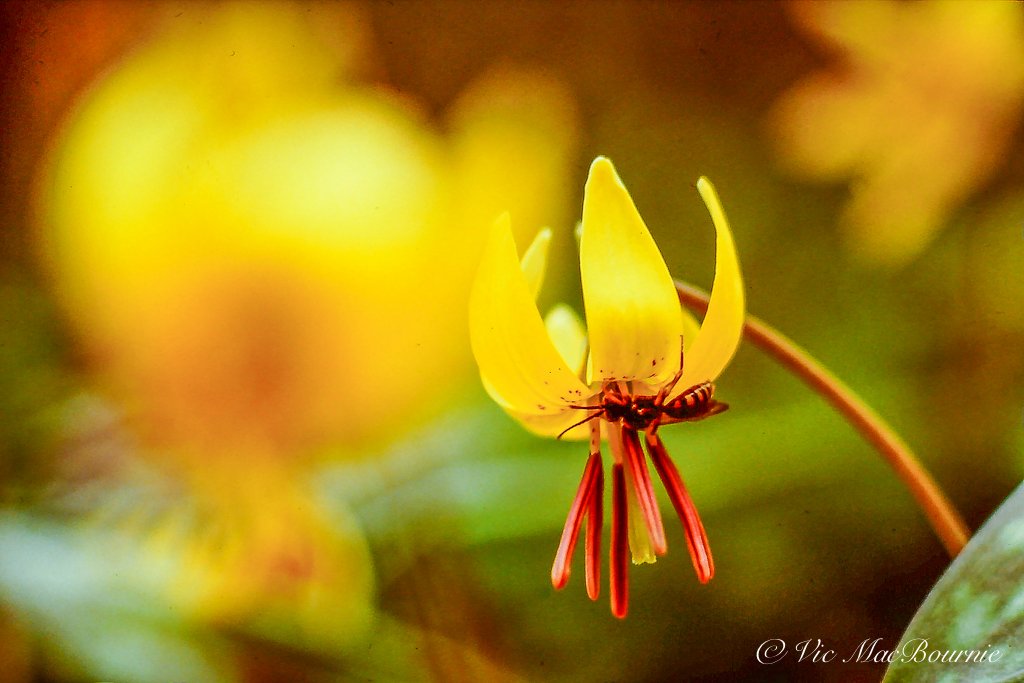Celebrate No Mow May along with the butterflies, birds and bees
The No Mow movement is sweeping the world after getting its start in Britain. It is now being picked up by environmental groups, cities and towns and individual homeowners looking to do their part to help native flowers and fauna.
The No Mow May movement is picking up steam around the world. We can all play our part by just doing less.
Plantlife gives birth to No Mow May movement sweeping the world
Turns out we have permission not to mow our grass in May.
Not only do we have permission, some very important people, environmental agencies and lovable tree huggers are actually encouraging us not to cut the grass. Instead, just let it go and see what comes up. They promise we might even be pleasantly surprised.
Turf grass has long been considered a waste of time and money, but ever increasing information points to extensive turf grass being extremely detrimental to native fauna from insects and pollinators to mammals, amphibians and reptiles that are losing habitat at an alarming rate.
Need proof? Check out my earlier article about why we need a whole lot less grass in our lives.
We can thank some folks in Great Britain at Plantlife for this little grass-cutting reprieve. In their own words: “Plantlife is a British conservation charity working nationally and internationally to save threatened wild flowers, plants and fungi . We own nearly 4,500 acres of nature reserve across England, Scotland and Wales. We have 11,000 members and supporters and HRH The Prince of Wales is our Patron.”
Talk about working to save native plants, Plantlife can boast some pretty serious achievements.
For example, Plantlife, with its HQ in Salisbury and field staff spread across Britain including national offices in Wales and Scotland, was instrumental in the creation of the Global Strategy for Plant Conservation and is a member of Planta Europa, a pan-European netwok of more than 60 wild plant conservation organizations.
So Plantlife might have led the way, but now environmental groups, cities, towns you name it are jumping on board to declare May as No Mow Month to kick off spring and provide a healthy boost to native flowers and grasses, and the bees, butterflies, birds and other wildlife that thrive in more natural landscapes.
• If you are considering creating a meadow in your front or backyard, be sure to check out The Making of a Meadow post for a landscape designer’s take on making a meadow in her own front yard.
Letting areas of the yard go back to nature can result in native wildflowers springing up in places you would never expect.
Cities and towns take No Mow May to new levels
Here in Ontario, for example, a town outside Toronto, East Gwillimbury, is actually encouraging residents not to cut their grass to “ help support pollinators during this crucial spring period as they are seeking their first food sources of the season such as dandelions and other flowers typically found in lawns. This movement is important as research indicates a mass extinction of insects is underway. Of particular concern in recent years, is the decline of the bee population.”
Residents are asked to avoid mowing lawns until June with the goal of preventing disturbance of overwintering insects and amphibians that may be burrowed or hiding in leaves and lawns, and to increase food sources to pollinators.”
And, if that is not enough, they are turning it into a competition where residents sign up for the challenge, pay $5 and receive a lawn sign to “show neighbours” they are supporting No Mow May.
All the donations are going to the David Suzuki foundation Butterfly Way. The Butterfly Project has expanded to hundreds of communities throughout Canada with more than 1,000 volunteer Butterfly Rangers who, together with recruits planted pollinator patches in thousands of yards, gardens, schools and parks in 2021.
Greenpeace gives No Mow a boost
Even Greenpeace has jumped on board to promote the No Mow May Challenge. In an article on its website, Greenpeace points to why a flowering meadow is so much better than a well-mown lawn.
Greenpeace states: “By compiling several European and American studies in a meta-analysis, the Université du Québec à Trois-Rivières has revealed that lawns create manufactured ecosystems with low biodiversity, a condition that worsens as the intensity of mowing increases. Lawns that are mowed more frequently are linked to a decrease in the number of invertebrates and have less plant diversity, while the presence of pests and invasive species goes up. We have every reason to think twice about our obsession with perfectly manicured lawns.”
Bee City USA joins in the No Mow May fun
In the United States, similar projects are underway. Bee City USA, an initiative of the Xerces Society, has been promoting No Mow for a number of years and report that in 2020, residents of Appleton Wisconsin, a Bee City USA affiliate, convinced their City Council to suspend their weed ordinance for the month of May. More than 435 registered property owners participated in the campaign and the local university joined in to study the results.
The Bee City USA website points out that the findings were very impressive. “Not only were the abundance and richness of bees higher in the yards of properties participating in No Mow May, but they were way higher. Participating yards had three-times higher bee species richness and five-times higher bee abundance than nearby parks that had been mowed.”
Getting back to Plantlife, the originators of No Mow May. The website reports that last year (2021) the conversion to wilder lawns resulting from the No-Mow approach, saw records of bee orchids, snake’s-head fritillaries and eyebrights. To further dru home the results, it Plantlife reports that a “three-acre meadow can be home to 9 million flowers producing enough nectar to support a half million bees every day.”
if that’s not reason to take a break from mowing in May, I’m not sure what is.
And don’t forget, Letting the grass grow is a big step in creating the perfect environment for fireflies to breed.
Okay so you just can’t live without a well-manicured lawn for a month. Maybe you are having a garden party or some important event that means not cutting the grass is not an option.
What else can you do if No Mow is a No Go
You can help pollinators throughout the spring and summer by:
Planting a specialized pollinator garden in the backyard. Look for a variety of native flowering plants, such as Asters, Bee Balm, Milkweed and Coneflowers, or other natives depending where you garden. Try to achieve varying bloom times that begin blooming in spring and continue through until fall.
Maybe you can find a small section of your yard that can remain uncut all summer long. Even a small area in an out-of-the-way corner of the yard left uncut can make a difference to pollinators, insects and other wildlife looking for natural habitat.
Consider decrease the mowing frequency throughout the summer. Let your lawn grow a little longer than normal, cut it higher when you do cut it and keep the mowing to only once or twice per month.
Mow at the highest setting. This allows low lying flowers to continue to grow and decreases re-flower time for those that are mown.



